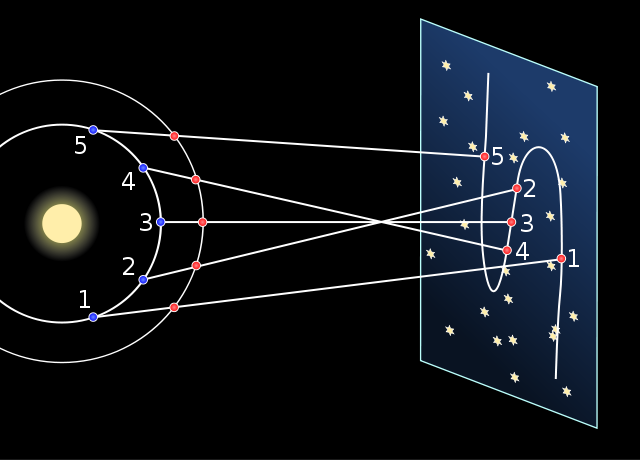It's generally regarded that when one of outer planets - Mars, Jupiter, Saturn, Uranus or Neptune - reaches its first stationary point it signals the beginning of the next opposition period. The planet then commences retrograde motion, eventually culminating on the day of opposition. A second stationary point follows later signalling the end of the opposition period and a return to direct motion.
When seen from Earth the planets move in either direct or retrograde motion. The direct motion is eastwards compared to the "fixed" background stars. Retrograde motion is when the planet moves westwards. In the case of the outer planets this occurs when the Earth, on its faster inner orbit, catches up and then overtakes the outer planet. It's most noticeable with Mars.

On January 8th, Jupiter reached its first stationary point and the start of the 2016 opposition period. On March 8th, the giant planet reaches opposition when it will shine at magnitude -2.5 and be visible all night. Two months later on May 9th it reaches its second stationary point and the opposition period is over.
The position of Jupiter during January and the path of the planet against the background stars of Leo and Virgo from November 2015 to September 2016 are shown below:

Jupiter during January 2016 - pdf format (credit:- freestarcharts)

Jupiter retrograde motion during 2016. For example 1/16 = January 1, 2016 (credit:- freestarcharts)
See also
The Planets this Month - January 2016